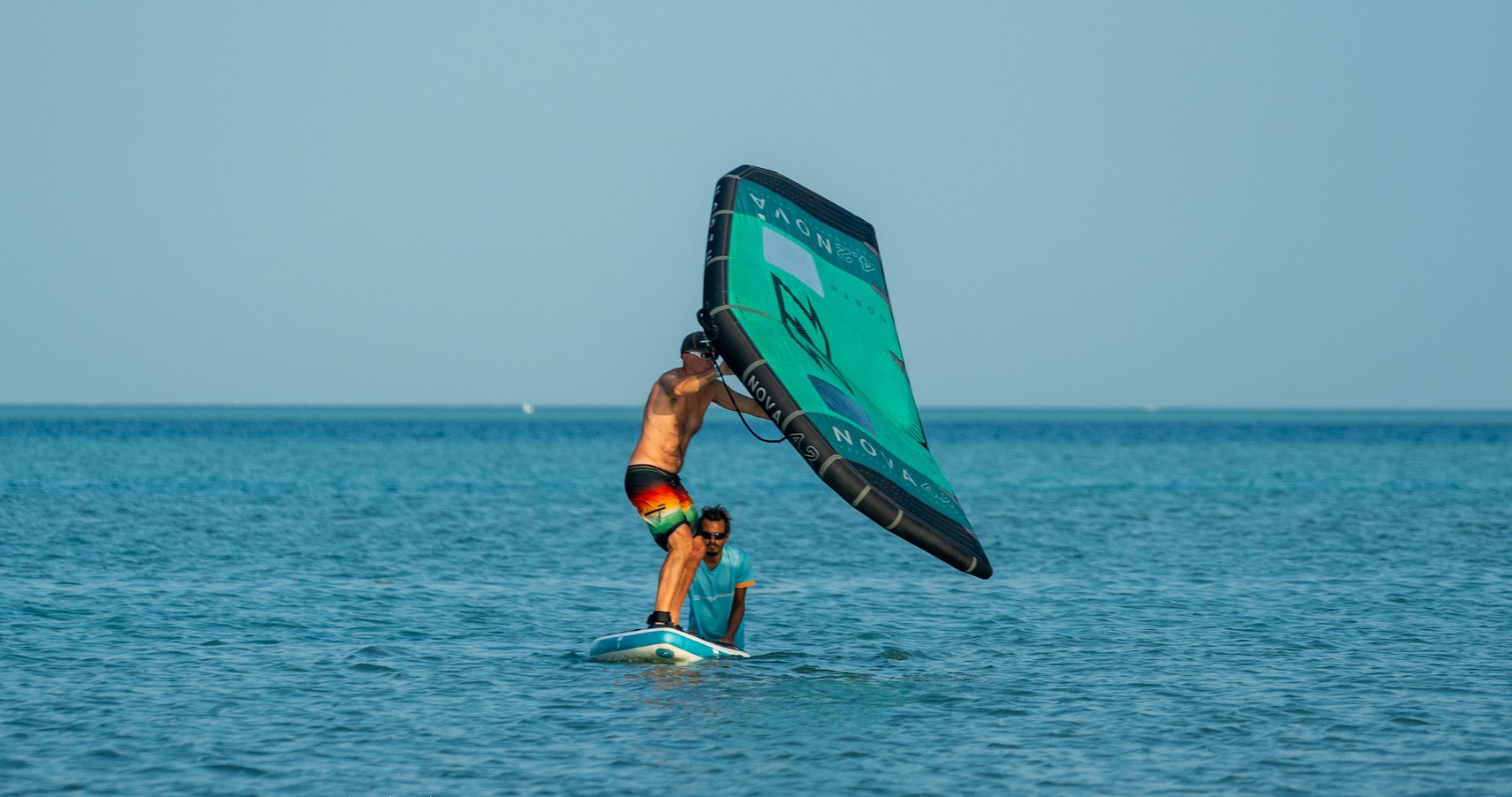Physical Therapy Continuing Education: What Can We Do to Decrease the Risk of ACL Injuries?
Physical Therapy Continuing Education: What Can We Do to Decrease the Risk of ACL Injuries?
 ACL related Physical Therapy continuing education courses have taught us there are four factors, that can be addressed through exercise, that decrease the risk of anterior cruciate ligament injuries in the female athlete. We recently interviewed an ACL expert to expand on this. Here is what he had to say.
ACL related Physical Therapy continuing education courses have taught us there are four factors, that can be addressed through exercise, that decrease the risk of anterior cruciate ligament injuries in the female athlete. We recently interviewed an ACL expert to expand on this. Here is what he had to say.
Interviewer: So we now know about ligament dominance, quadriceps dominance, leg dominance and trunk dominance. Is there anything we can do about these things?
ACL Expert: So, we think these four neuromuscular imbalances underlie these four mechanisms that relate to ACL injury risk that we see more often in than males, in females.
So, what I’ve been talking about so far is really the bad news of this entire situation.
Interviewer: Okay.
ACL Expert: The good news is that – you know people have conjectured for years that this is really related to female anatomy; wider hips or a greater quadriceps angle, and they’ve thrown out that it’s related to hormones, it’s related to the estrogen surge in the middle of the menstrual cycle and that’s what leads to a weaker ACL and greater injury risk.
There’s no doubt that this is a multi-factoral problem, however, our findings related to these neuromuscular imbalances give us all hope because neuromuscular control is one thing we can readily change. Women can adapt to interventions and neuromuscular control training that can make them better, that can reduce not only these neuromuscular imbalances that we’ve shown in the lab – in the mid-’90s we did a series of studies where we showed we could use neuromuscular control training to alter and reduce some of these neuromuscular imbalances that I talked about, actually all of them, and then we could take those exact same interventions out onto the field and drop relative injury risk by about half.
Interviewer: Wow.
ACL Expert: That’s the good news in all this. Yes, these findings that it is primary neuromuscular is really good because that’s the one area – we really can’t alter anatomy and we don’t really want to play around with hormones too much without getting ourselves in a fair amount of trouble. But, neuromuscular control we can alter and we can do that.
The only sort of side effect of neuromuscular training is a more athletic individual. So, the side effects you get out of this training, in attempts to reduce these relative neuromuscular control deficits, is you get not only probably a safer athlete with an effect size of about 50 percent, but in these young women who have low powered engines relative to the size of their machine you increase that power and control and relative muscle recruitment, and you also not only have maybe a 50 percent reduction in risk, you have anywhere between a 10, 20, 100 percent increase in power and neuromuscular control, depending on what you’re looking at. That’s the good side effect you get out of this training.
It’s also very similar to what you do – what we did is we took these exercises from athletic development training, from rehab, and they work well not only to create greater neuromuscular control and potentially lower risk, but also a more balanced, more powerful, more in control athlete.


